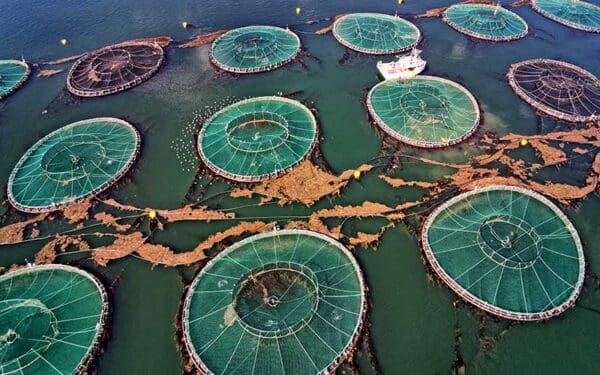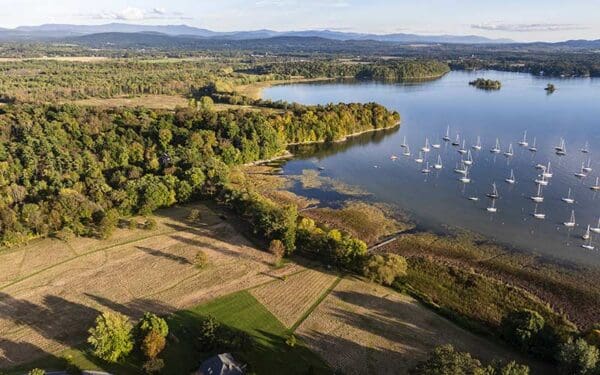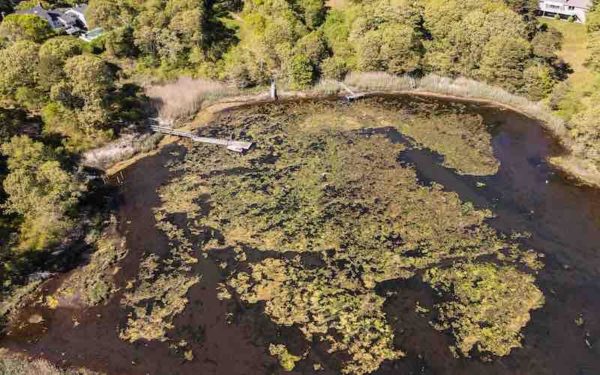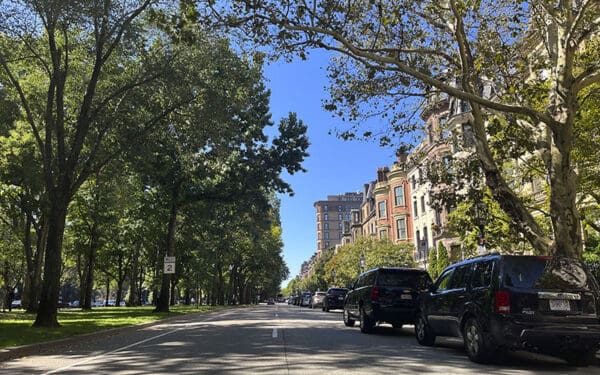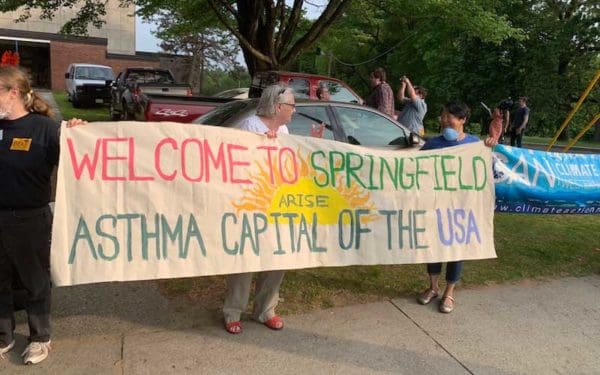Nov 14, 2024
CLF has notified Cooke Aquaculture of its intent to sue for Clean Water Act violations at 13 active sites in Maine where Cooke grows millions of salmon in 150 cages. The Canadian company regularly pollutes Maine’s iconic bays and negatively impacts recreation and the lobstering and fishing industries.
Nov 04, 2024
Former Secretary of the Vermont Agency of Natural Resources Deb Markowitz joins CLF to talk about tackling agricultural runoff.
Oct 31, 2024
As a result of a lawsuit filed by Conservation Law Foundation and the Charles River Watershed Association, the Environmental Protection Agency published a draft permit to limit toxic stormwater pollution in three important rivers of Greater Boston.
Oct 23, 2024
CLF is keeping up its fight to stop Barnstable’s sewage treatment plant from polluting Cape Cod’s waters with nitrogen, leading to toxic algae outbreaks that destroy habitats and sicken people and pets.
Oct 16, 2024
Follow our tips to nurture a strong, thriving tree canopy.
Oct 10, 2024
Conservation Law Foundation has notified Sims Metal of its intent to sue for Clean Water Act violations at eight scrap metal facilities in Rhode Island, Connecticut, New York and Maryland. The company’s stormwater runoff regularly polluted nearby rivers and other waterways with toxic metals like lead, copper, and zinc.
Oct 09, 2024
Conservation Law Foundation argued Wednesday on behalf of Springfield’s City Council and community before the Massachusetts Court of Appeals to block Palmer Renewable Energy’s desperate attempt to revive its biomass plant using permits that expired over a decade ago.
Sep 30, 2024
As the impacts of climate change become more intense across New England, nature-based solutions will be a key piece of the solution.
Sep 20, 2024
The Massachusetts Department of Public Health confirmed on Thursday a cyanobacteria bloom in the Charles River downstream of the Longfellow Bridge – the river’s first major bloom in four years.
Sep 17, 2024
A broken regulatory system for enforcing clean water laws in Vermont left farmers stuck in the middle and water quality at risk. CLF pushed for change.
